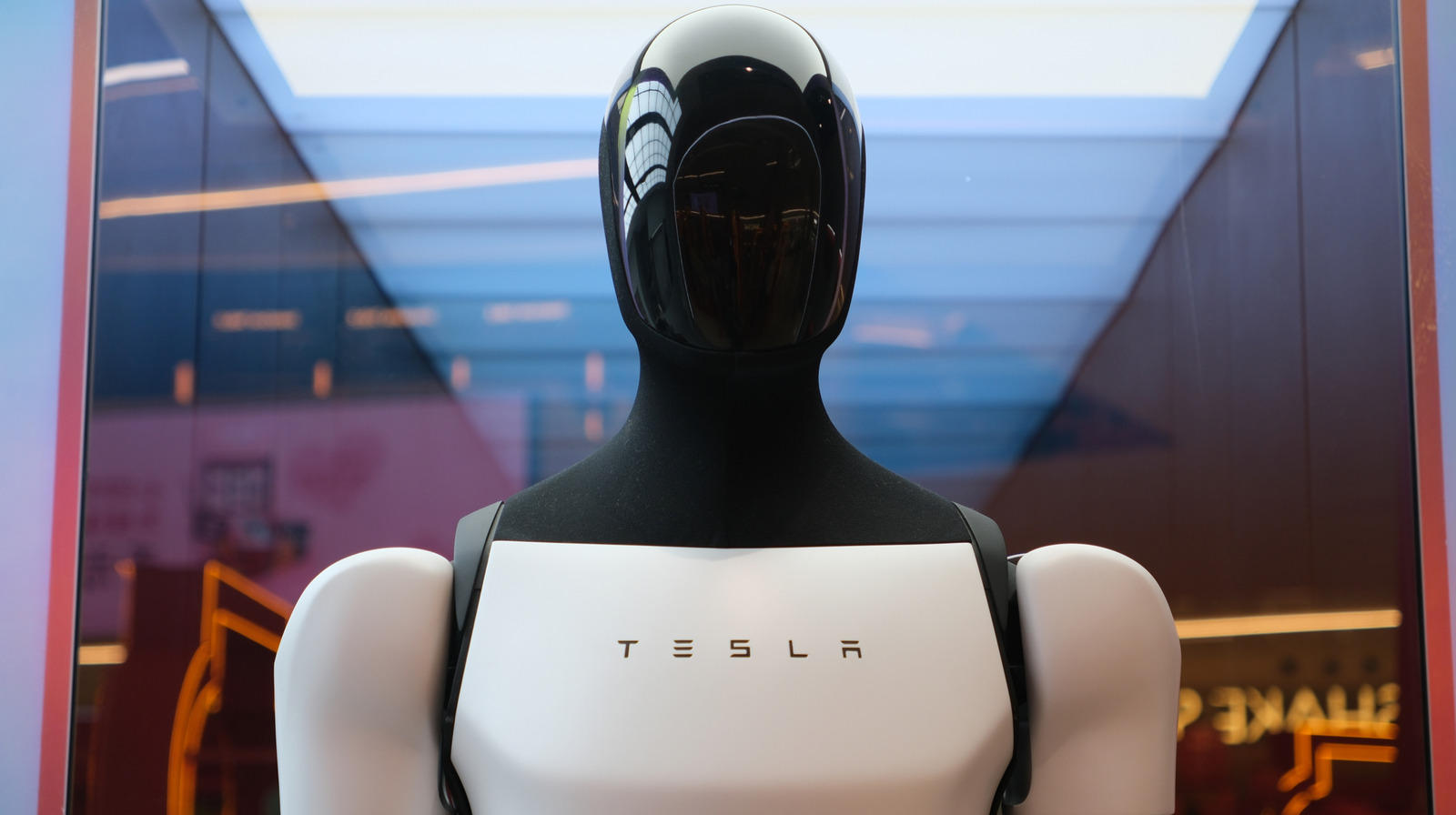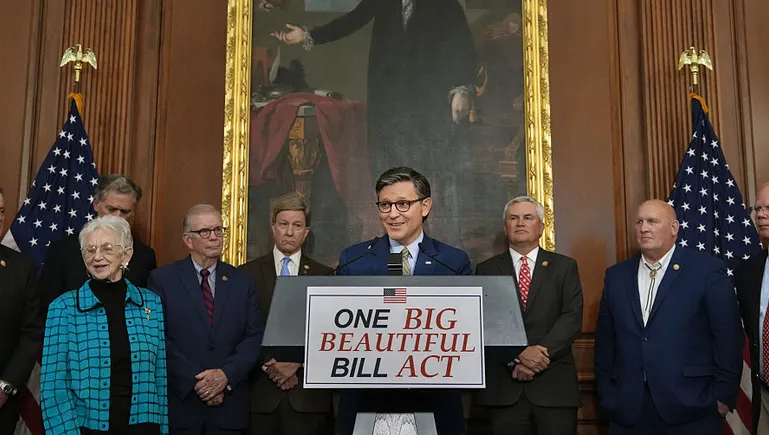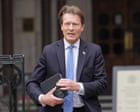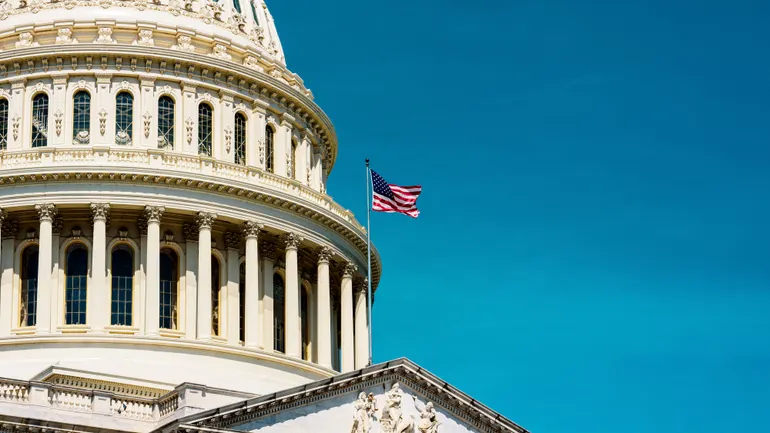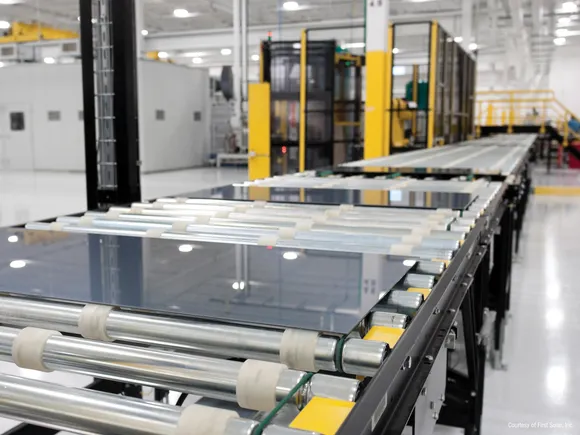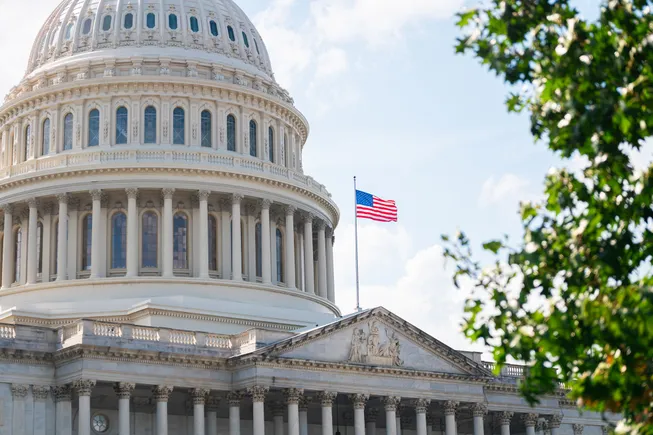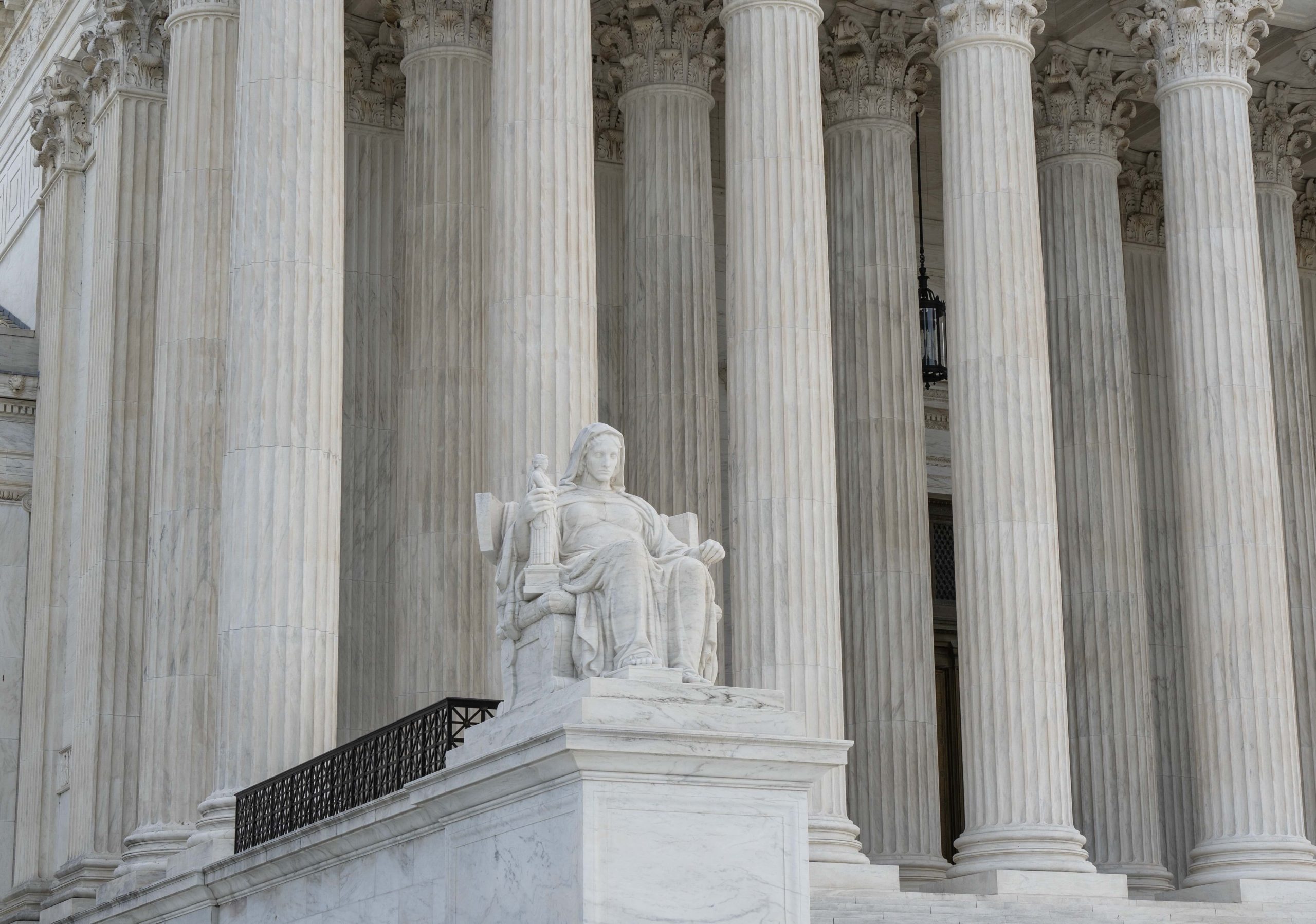Supreme Court allows Trump to remove agency heads without cause for now
The Supreme Court on Thursday granted the Trump administration’s request to pause orders by federal judges that required government officials to allow board members at two independent federal agencies to stay in office after President Donald Trump tried to fire them. Chief Justice John Roberts had already issued an administrative stay, which temporarily put those orders on hold to give the justices time to consider the government’s request, so Thursday’s order extends that hold while the litigation continues in a federal appeals court and, if necessary, the Supreme Court. In an unsigned two-page order, the court explained that the decision to put the lower courts’ orders on hold “reflects our judgment that the Government faces greater risk of harm from an order allowing a removed officer to continue exercising the executive power than a wrongfully removed officer faces from being unable to perform her statutory duty.” Justice Elena Kagan dissented from the court’s order, in an eight-page opinion joined by Justices Sonia Sotomayor and Ketanji Brown Jackson. Calling the order “nothing short of extraordinary,” Kagan would have turned down the Trump administration’s request. The dispute stems from Trump’s efforts to remove two federal officials, Gwynne Wilcox of the National Labor Relations Board and Cathy Harris of the Merits Systems Protection Board, earlier this year. Both women were appointed by then-President Joe Biden for terms that were due to expire in 2028. Wilcox and Harris went to federal court in Washington, D.C., where they argued that their firings violated federal law because, unlike most federal officials, they can only be removed for good cause. Two different federal judges ruled for the officials, ordering the Trump administration to allow them to continue to serve. A three-judge panel of the United States Court of Appeals for the District of Columbia Circuit blocked those orders, but the full court of appeals reversed that ruling and reinstated the trial judges’ instructions to allow Wilcox and Harris to remain in office. The Trump administration came to the Supreme Court on April 9, asking the justices to put the orders on hold or, in the alternative, take up the dispute and rule on the merits of the cases, without waiting for the court of appeals to weigh in. Trump’s solicitor general, D. John Sauer, contended that the dispute implicates an important constitutional question: the president’s ability to supervise the agency heads who exercise power on his behalf. Sauer argued that Trump’s power to fire Wilcox and Harris is not limited by Humphrey’s Executor v. United States, a 1935 Supreme Court case holding that although a president can typically fire subordinates for any reason, Congress can create independent, multi-member regulatory agencies whose commissioners can only be removed for cause. That case, Sauer said, merely recognized a narrow exception to the president’s removal power that applies only to multimember expert agencies that (unlike the MSPB and the NLRB) do not have substantial executive power. Harris urged the justices not to intervene. Under Humphrey’s Executor, she emphasized, the MSPB’s structure is clearly constitutional, because the board is “predominantly an adjudicatory body” that “merely hears discrete cases regarding civil servants, and neutrally applies laws Congress passed prohibiting arbitrary dismissal, discrimination, and retaliation.” Harris cautioned that if the court were to conclude that the MSPB’s structure is not constitutional, then “nothing is” – including, crucially, the Federal Reserve. Wilcox echoed Harris’s warnings about the potential implications of overruling Humphrey’s Executor. She added that the Supreme Court has allowed the law governing the structure of the NLRB to stand for nearly a century. And during that time, she stressed, 14 different presidents have not challenged it. “No real-world harm will come from allowing the ordinary appellate process to unfold over a few more months,” Wilcox wrote. Less than a week after the D.C. Circuit heard oral arguments in the dispute, the court issued its unsigned opinion. The majority observed that although it would not ultimately decide the issue, the “Government is likely to show that both the NLRB and MSPB exercise considerable executive power.” The majority also rejected Harris’s suggestion that a ruling for the government could threaten the structure of the Federal Reserve. The Fed, it wrote, “is a uniquely structured, quasi-private entity that follows in the distinct historical tradition of the First and Second Banks of the United States.” In her dissent, Kagan emphasized that Humphrey’s Executor “undergirds a significant feature of American governance: bipartisan administrative bodies carrying out expertise-based functions with a measure of independence from presidential control.” Because it “remains good law,” it also, she wrote, “forecloses both
The Supreme Court on Thursday granted the Trump administration’s request to pause orders by federal judges that required government officials to allow board members at two independent federal agencies to stay in office after President Donald Trump tried to fire them. Chief Justice John Roberts had already issued an administrative stay, which temporarily put those orders on hold to give the justices time to consider the government’s request, so Thursday’s order extends that hold while the litigation continues in a federal appeals court and, if necessary, the Supreme Court.
In an unsigned two-page order, the court explained that the decision to put the lower courts’ orders on hold “reflects our judgment that the Government faces greater risk of harm from an order allowing a removed officer to continue exercising the executive power than a wrongfully removed officer faces from being unable to perform her statutory duty.”
Justice Elena Kagan dissented from the court’s order, in an eight-page opinion joined by Justices Sonia Sotomayor and Ketanji Brown Jackson. Calling the order “nothing short of extraordinary,” Kagan would have turned down the Trump administration’s request.
The dispute stems from Trump’s efforts to remove two federal officials, Gwynne Wilcox of the National Labor Relations Board and Cathy Harris of the Merits Systems Protection Board, earlier this year. Both women were appointed by then-President Joe Biden for terms that were due to expire in 2028.
Wilcox and Harris went to federal court in Washington, D.C., where they argued that their firings violated federal law because, unlike most federal officials, they can only be removed for good cause.
Two different federal judges ruled for the officials, ordering the Trump administration to allow them to continue to serve. A three-judge panel of the United States Court of Appeals for the District of Columbia Circuit blocked those orders, but the full court of appeals reversed that ruling and reinstated the trial judges’ instructions to allow Wilcox and Harris to remain in office.
The Trump administration came to the Supreme Court on April 9, asking the justices to put the orders on hold or, in the alternative, take up the dispute and rule on the merits of the cases, without waiting for the court of appeals to weigh in. Trump’s solicitor general, D. John Sauer, contended that the dispute implicates an important constitutional question: the president’s ability to supervise the agency heads who exercise power on his behalf.
Sauer argued that Trump’s power to fire Wilcox and Harris is not limited by Humphrey’s Executor v. United States, a 1935 Supreme Court case holding that although a president can typically fire subordinates for any reason, Congress can create independent, multi-member regulatory agencies whose commissioners can only be removed for cause. That case, Sauer said, merely recognized a narrow exception to the president’s removal power that applies only to multimember expert agencies that (unlike the MSPB and the NLRB) do not have substantial executive power.
Harris urged the justices not to intervene. Under Humphrey’s Executor, she emphasized, the MSPB’s structure is clearly constitutional, because the board is “predominantly an adjudicatory body” that “merely hears discrete cases regarding civil servants, and neutrally applies laws Congress passed prohibiting arbitrary dismissal, discrimination, and retaliation.” Harris cautioned that if the court were to conclude that the MSPB’s structure is not constitutional, then “nothing is” – including, crucially, the Federal Reserve.
Wilcox echoed Harris’s warnings about the potential implications of overruling Humphrey’s Executor. She added that the Supreme Court has allowed the law governing the structure of the NLRB to stand for nearly a century. And during that time, she stressed, 14 different presidents have not challenged it. “No real-world harm will come from allowing the ordinary appellate process to unfold over a few more months,” Wilcox wrote.
Less than a week after the D.C. Circuit heard oral arguments in the dispute, the court issued its unsigned opinion. The majority observed that although it would not ultimately decide the issue, the “Government is likely to show that both the NLRB and MSPB exercise considerable executive power.”
The majority also rejected Harris’s suggestion that a ruling for the government could threaten the structure of the Federal Reserve. The Fed, it wrote, “is a uniquely structured, quasi-private entity that follows in the distinct historical tradition of the First and Second Banks of the United States.”
In her dissent, Kagan emphasized that Humphrey’s Executor “undergirds a significant feature of American governance: bipartisan administrative bodies carrying out expertise-based functions with a measure of independence from presidential control.” Because it “remains good law,” it also, she wrote, “forecloses both the President’s firings” of Harris and Wilcox and the majority’s “decision to award emergency relief.” Kagan contended that “the order allows the President to overrule Humphrey’s by fiat, again pending our eventual review.”
Kagan complained that the majority’s order “favors the President over our precedent; and it does so unrestrained by the rules of briefing and argument—and the passage of time—needed to discipline our decision-making.”
The post Supreme Court allows Trump to remove agency heads without cause for now appeared first on SCOTUSblog.
































